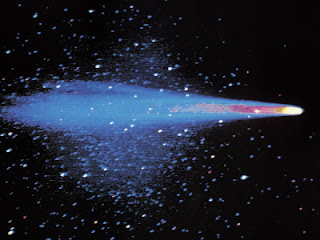
The astronauts on the space shuttle Endeavour woke up this evening to a song that was written specially for the crew who are flying the orbiter on its final mission.
A NASA contest sought original song entries to awaken the astronauts during Endeavour's STS-134 flight. The competition received 1,350 submissions, and NASA selected 10 songs as finalists before opening it up to six weeks of public voting. [The Astronaut's Playlist: Groovy Songs for Space Travelers]
"More than 1.5 million votes were cast to determine the first and second place songs," NASA officials said.
The second place winner, "Dreams You Give" by Brian Plunkett from Halfway, Mo., earned 612,959 votes, or 38.8 percent. Plunkett's song was played at 6:57 p.m. EDT (2257 GMT) tonight (May 30) to wake up Endeavour's six-astronaut crew.
"We're looking forward to another busy day and hopefully getting home tomorrow," Endeavour's commander Mark Kelly said after being woken with the tune. "That song was the second place winner in the wakeup music contest. Congratulations to Brian Plunkett from Halfway, Mo."
Read More
A NASA contest sought original song entries to awaken the astronauts during Endeavour's STS-134 flight. The competition received 1,350 submissions, and NASA selected 10 songs as finalists before opening it up to six weeks of public voting. [The Astronaut's Playlist: Groovy Songs for Space Travelers]
"More than 1.5 million votes were cast to determine the first and second place songs," NASA officials said.
The second place winner, "Dreams You Give" by Brian Plunkett from Halfway, Mo., earned 612,959 votes, or 38.8 percent. Plunkett's song was played at 6:57 p.m. EDT (2257 GMT) tonight (May 30) to wake up Endeavour's six-astronaut crew.
"We're looking forward to another busy day and hopefully getting home tomorrow," Endeavour's commander Mark Kelly said after being woken with the tune. "That song was the second place winner in the wakeup music contest. Congratulations to Brian Plunkett from Halfway, Mo."
Read More












